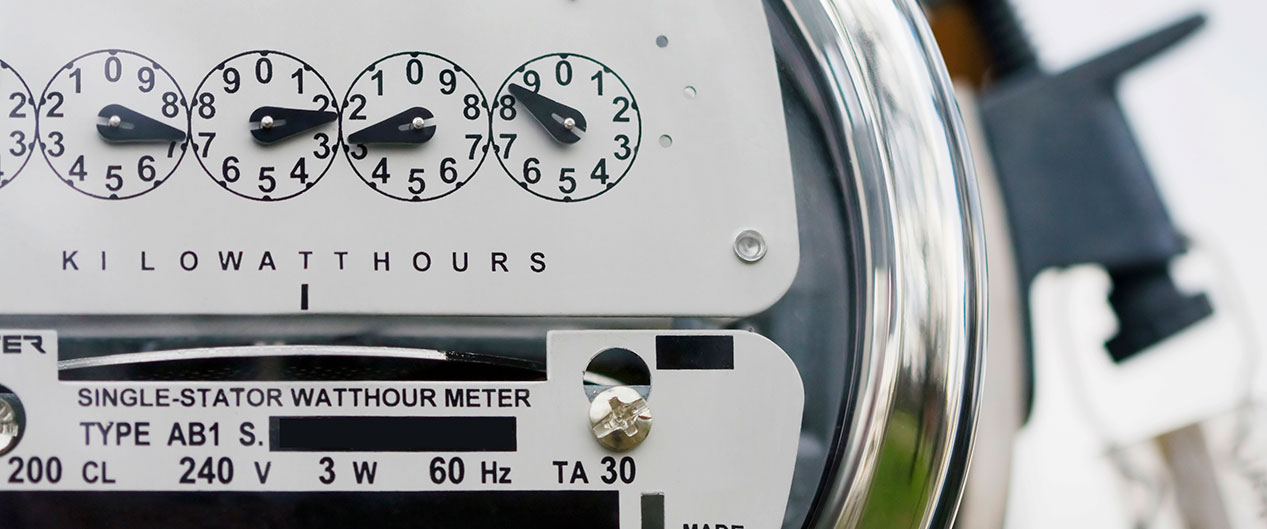

Timing is everything, they say. It can even save you money if you live in certain areas.
Utilities across the nation, most notably in California, have started implementing time-of-use rates to encourage ratepayers like you to shift their electricity usage to non-peak hours. Doing so helps reduce the strain on aging grid infrastructure, especially in California, where rolling blackouts are a common result of an overloaded power grid.
But time-of-use or TOU rates aren’t just prevalent in the Golden State.
From coast to coast, utilities in a number of states have implemented time-based rates, from Massachusetts to Colorado to Oregon.
In late 2022, Hawaii unveiled the nation’s first statewide time varying rates, which they’re calling “smart rates” to nudge residents to better align their electricity use with the increasing supply of solar power on Hawaii’s grid.*
Solar power plays a crucial role in TOU. Not only is solar on the power grid prompting utilities (and now entire states) to adopt time-oriented rate structures, but it’s also the best way for homeowners to protect themselves from these higher electricity prices.
How do Time-of-Use Rates Work?

Simply put, TOU rates mean that the price you pay for electricity varies based on the time of day you use it – hence, the “time-of-use” modifier. In some cases, pricing may also vary from season to season.
Ratepayers pay less for electricity at times of the day when there is less demand on the power grid, and more for electricity during times of day when there is more demand. These are often referred to as off-peak and on-peak periods.
For example, in Southern California, SDG&E defines on-peak hours as 4-9 p.m.* Off-peak hours would be any other time of the day outside that time frame. Some SDG&E plans also include a “super off-peak” period that further segments off-peak hours into specific times of even less demand.
The Relationship Between TOU and Net Metering

When California implemented its second iteration of its net energy metering policy (NEM 2.0) in 2016, all solar customers were required to transition to TOU rate plans. Under net metering policy, customers with solar panels are allowed to send the solar energy they don’t immediately use to the power grid, and receive a credit on their electric bill for doing so.
In 2023, California will transition to a third version, NEM 3.0, which significantly reduces the credit rate for exported solar, and implements a new rate structure called “electrification rates” for solar customers. While the names and credit amounts are different, the principle is the same: higher electricity prices and higher credit rates during peak demand hours; lower electricity prices and lower credit rates during off-peak times.
How Solar Energy Comes into Play with TOU
Thanks to net metering policy, not just in California but in a majority of states across the nation, more solar is added to the grid by homeowners like you. This is great news for our planet, as it helps reduce our collective carbon dioxide emissions and puts more clean energy on the grid for everyone to use.
However, because solar power is only produced when the sun is up, the grid is filled with homeowners’ excess solar during the day, and then dips into an under supply in the evening (when the sun goes down and demand for electricity soars as people come home from work and school). The result is a so-called “duck curve” that shows the disparity between electric supply and demand.*
Time-based rates are designed to help alleviate stress on the grid during the evening. If you have solar panels on your home, you can use the sun’s power during the day ― but these hours are typically cheaper since demand is low. What solar customers really need is a way to use the solar energy their systems generate once the sun goes down.
So, how is this possible? With solar battery storage.
The Game Changer for TOU Markets – Battery Storage
With solar panels, production begins to taper off when the sun sets and people get home in the evenings. But, when you’re able to store that excess solar power and use it when electricity prices are the highest, it’s a game changer. Energy storage technology now enables solar customers to use the clean energy their panels produce when they need it most. Innovative products, such as Sunnova’s solar plus battery storage offering, allow you to get the maximum benefit from your solar panels. And that means peace of mind during peak TOU hours.
How Solar + Storage Can Reduce Your Energy Expenses

Reducing energy costs is probably the biggest solar incentive of all for homeowners. Solar customers with battery storage capabilities have a unique opportunity to make TOU pricing work, and continue reaping the benefits of home solar.
Here are three ways you can use your Sunnova SunSafe® solar + battery storage service to help you make the most of your solar system and reduce your TOU electricity costs.
1) Charge your home battery during off-peak hours
If there’s sufficient sunlight, your solar panels should be able to charge your battery before on-peak rates begin in the evening. This generally takes between five and eight hours, depending on the size of the battery. Or, if needed, you can also charge your battery late at night when electricity rates are cheapest.
2) Drain your battery during on-peak hours
Since you’ll use off-peak times to charge your home battery, you won’t have to pull expensive energy from the grid to power your home during on-peak hours. Instead, you’ll pull from your battery’s stored energy. That means you’ll be draining your battery during peak pricing times, allowing you to earn net-metering credits at the higher peak rates. This strategy of using grid power when it’s priced lower and sending it back to the grid when it’s priced higher is known as energy arbitrage. And it’s a smart way for homeowners with solar + battery storage to ensure they pay less for electricity even when utilities are charging more.
However, it’s important to note that your battery will retain some of its stored capacity in case of an emergency. That way, if there’s a grid outage, your battery will operate in backup mode, providing your home with the power it needs.
3) Automate the shift between energy sources
Since timing is everything with TOU rates, it’s a good idea to program your battery based on the time-of-use window for your utility. The good news for Sunnova customers is that we take care of that for you. Our batteries are equipped with energy management software that prompts the battery to discharge during peak periods, while maintaining a reserve capacity of 20%. We don’t discharge your battery during grid outages or prior to severe weather events, when you may need to rely on it.
In addition, your energy usage will seamlessly shift between your solar panels, battery and grid electricity to make the most of your TOU plan. The result: You could earn the maximum net metering credit rate without ever having to think about it.
True Energy Independence
True energy independence means having control over your energy. Solar + battery storage can give you that level of control. And when you have control, TOU plans could work for you, rather than against you.
For homeowners, our Sunnova SunSafe® solar + battery storage offering can help you achieve true energy independence and maximum cost savings. At Sunnova, we make going solar and managing TOU rates incredibly easy.

